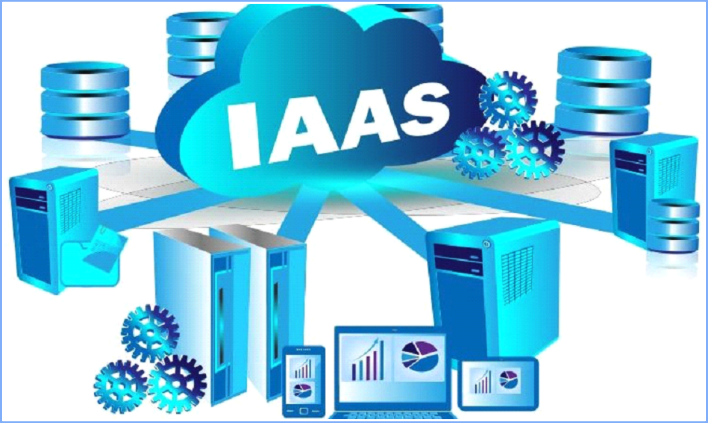
Infrastructure as a service (IaaS) are online services that provide high-level APIs used to dereference various low-level details of underlying network infrastructure like physical computing resources, location, data partitioning, scaling, security, backup etc. A hypervisor, such as Xen, Oracle VirtualBox, Oracle VM, KVM, VMware ESX/ESXi, or Hyper-V runs the virtual machines as guests. Pools of hypervisors within the cloud operational system can support large numbers of virtual machines and the ability to scale services up and down according to customers’ varying requirements.
IaaS customers access resources and services through a wide area network (WAN), such as the internet, and can use the cloud provider’s services to install the remaining elements of an application stack. For example, the user can log in to the IaaS platform to create virtual machines (VMs); install operating systems in each VM; deploy middleware, such as databases; create storage buckets for workloads and backups; and install the enterprise workload into that VM. Customers can then use the provider’s services to track costs, monitor performance, balance network traffic, troubleshoot application issues and manage disaster recovery.
Any cloud computing model requires the participation of a provider. The provider is often a third-party organization that specializes in selling IaaS. Amazon Web Services (AWS) and Google Cloud Platform (GCP) are examples of independent IaaS providers. A business might also opt to deploy a private cloud, becoming its own provider of infrastructure services